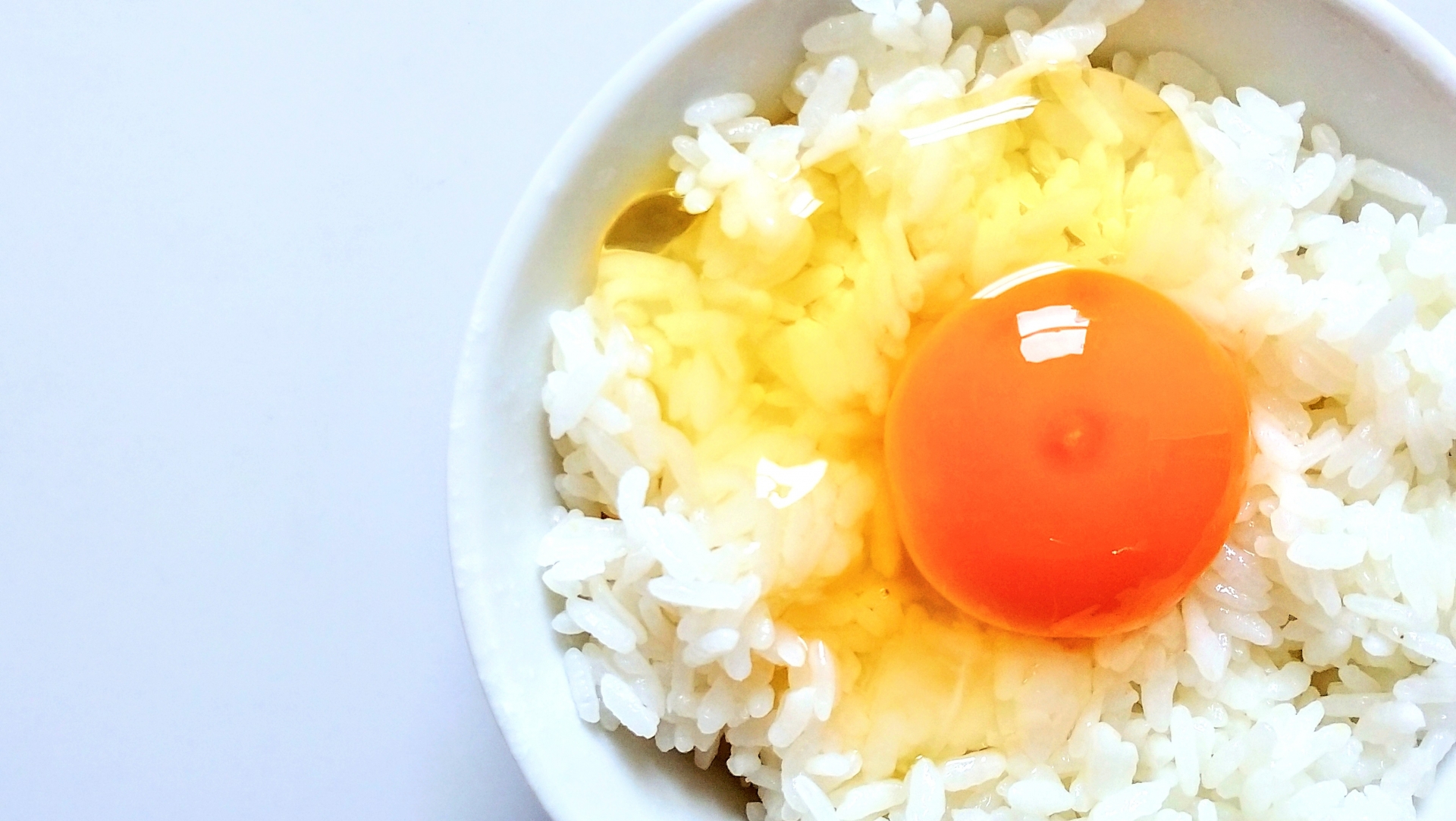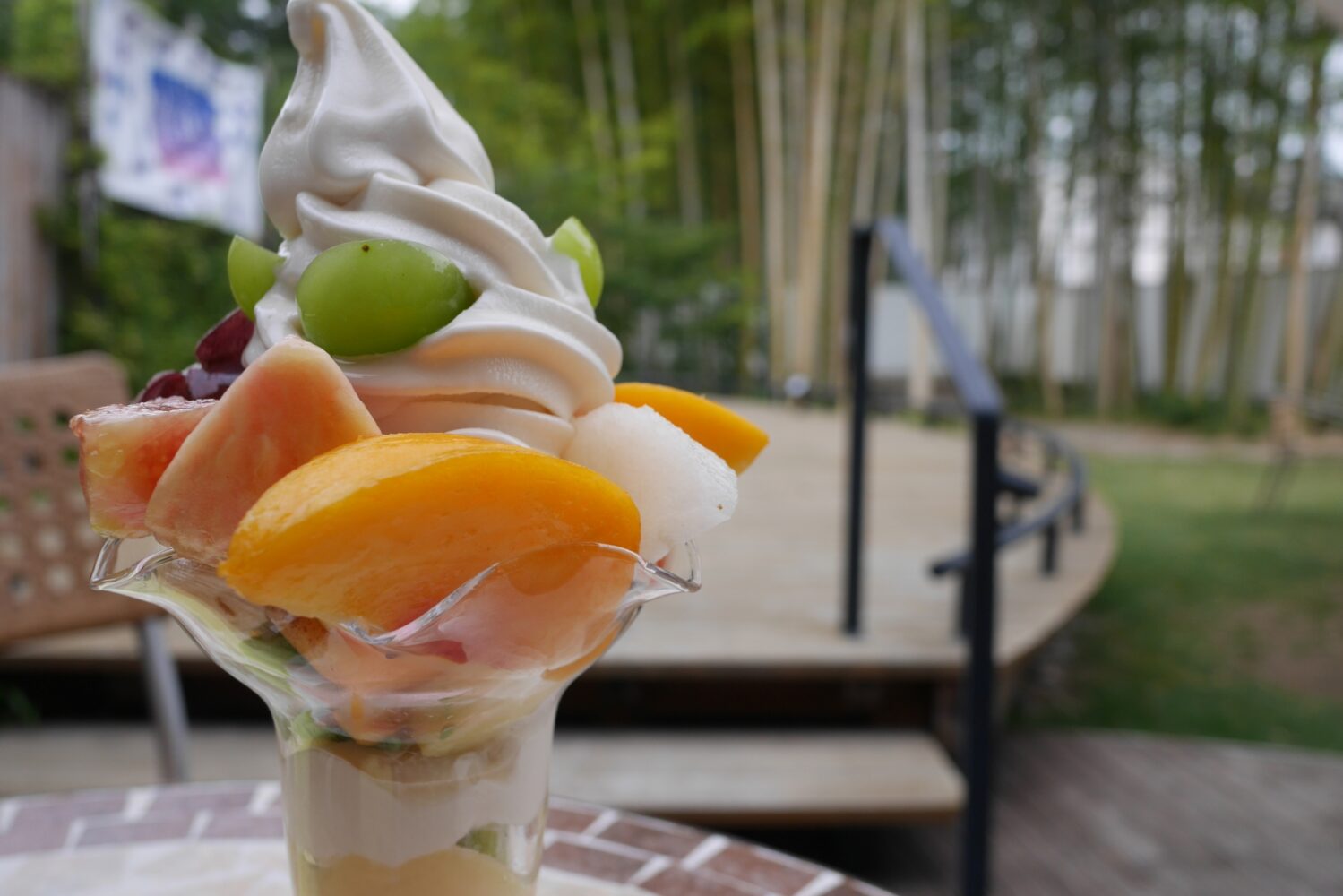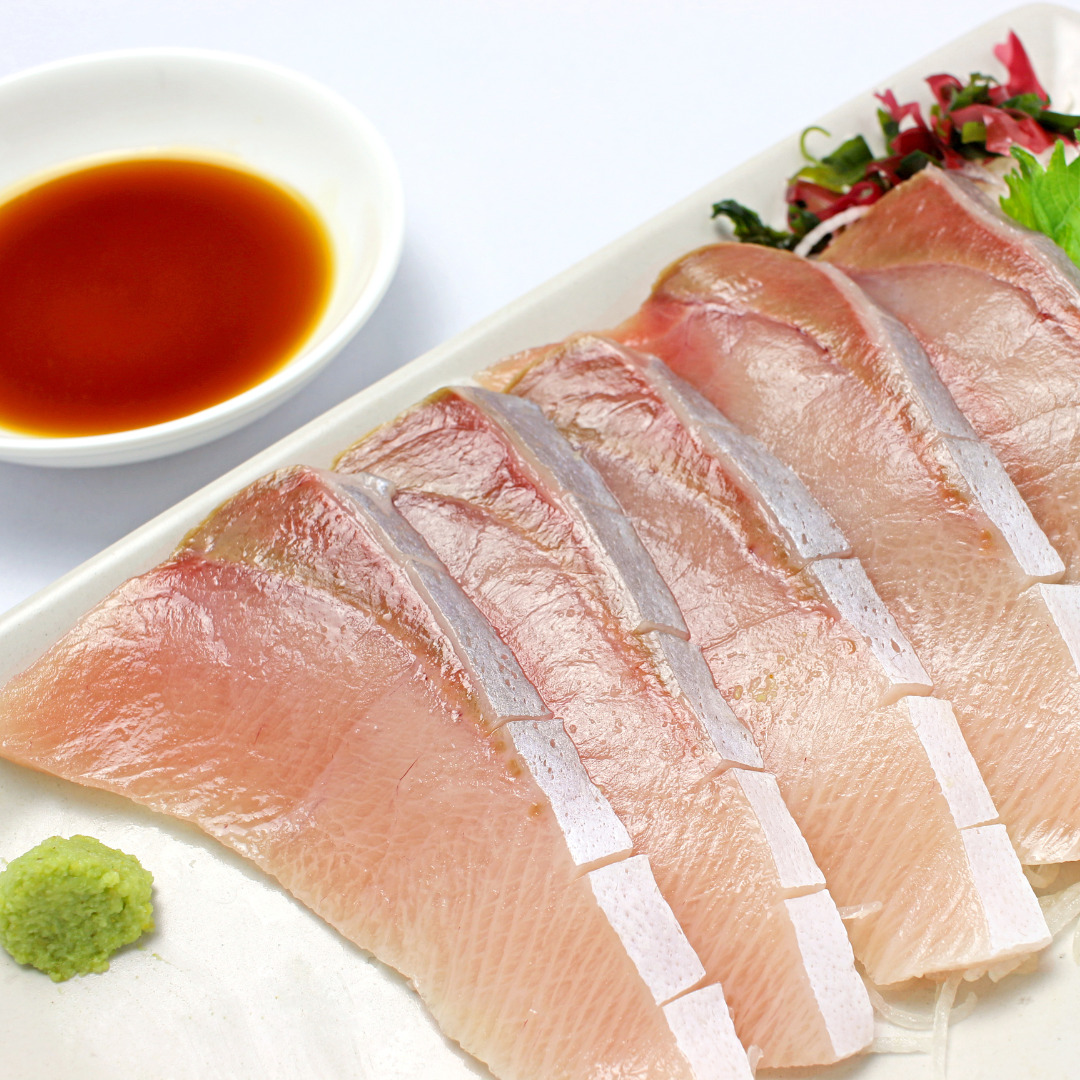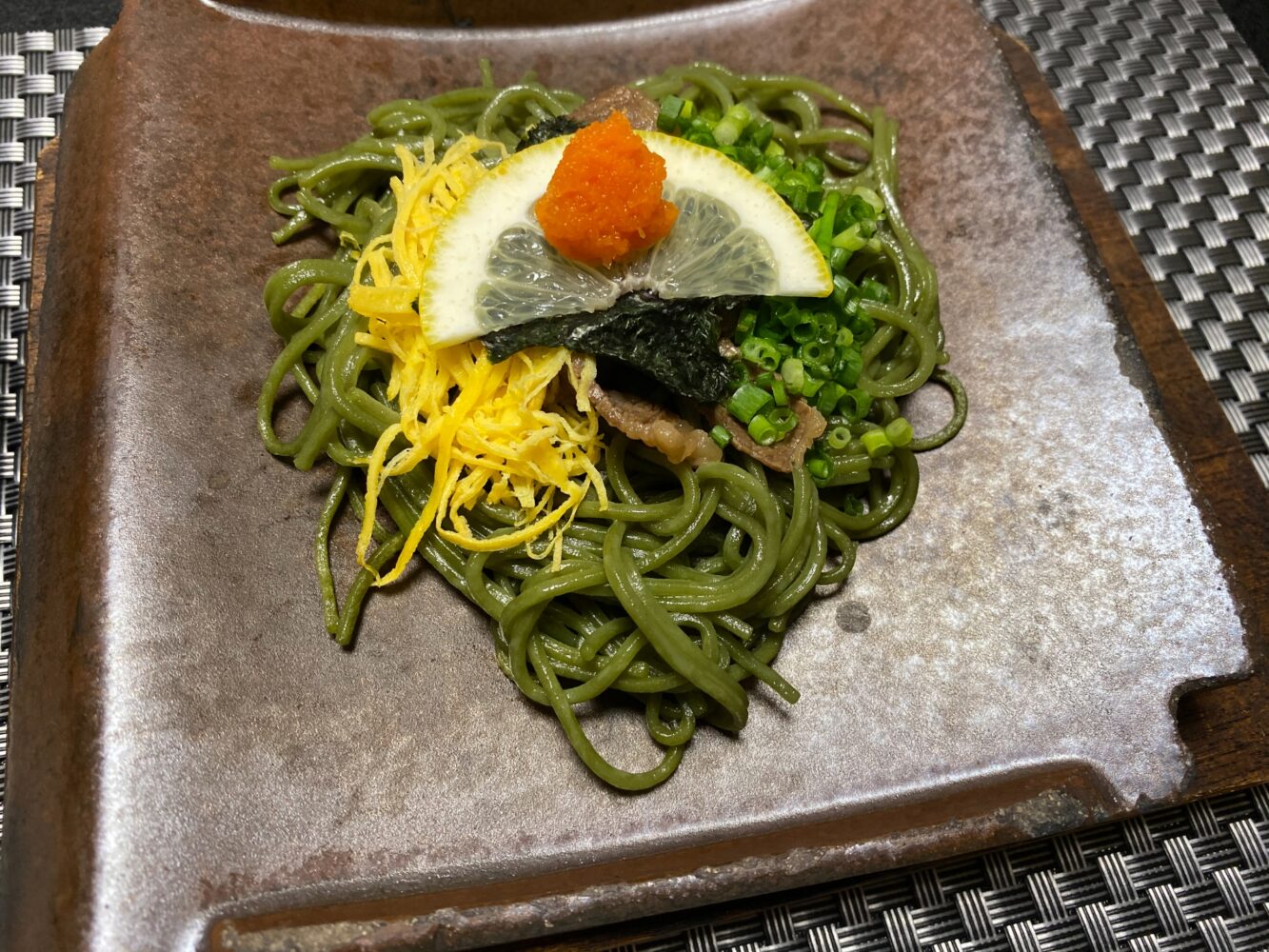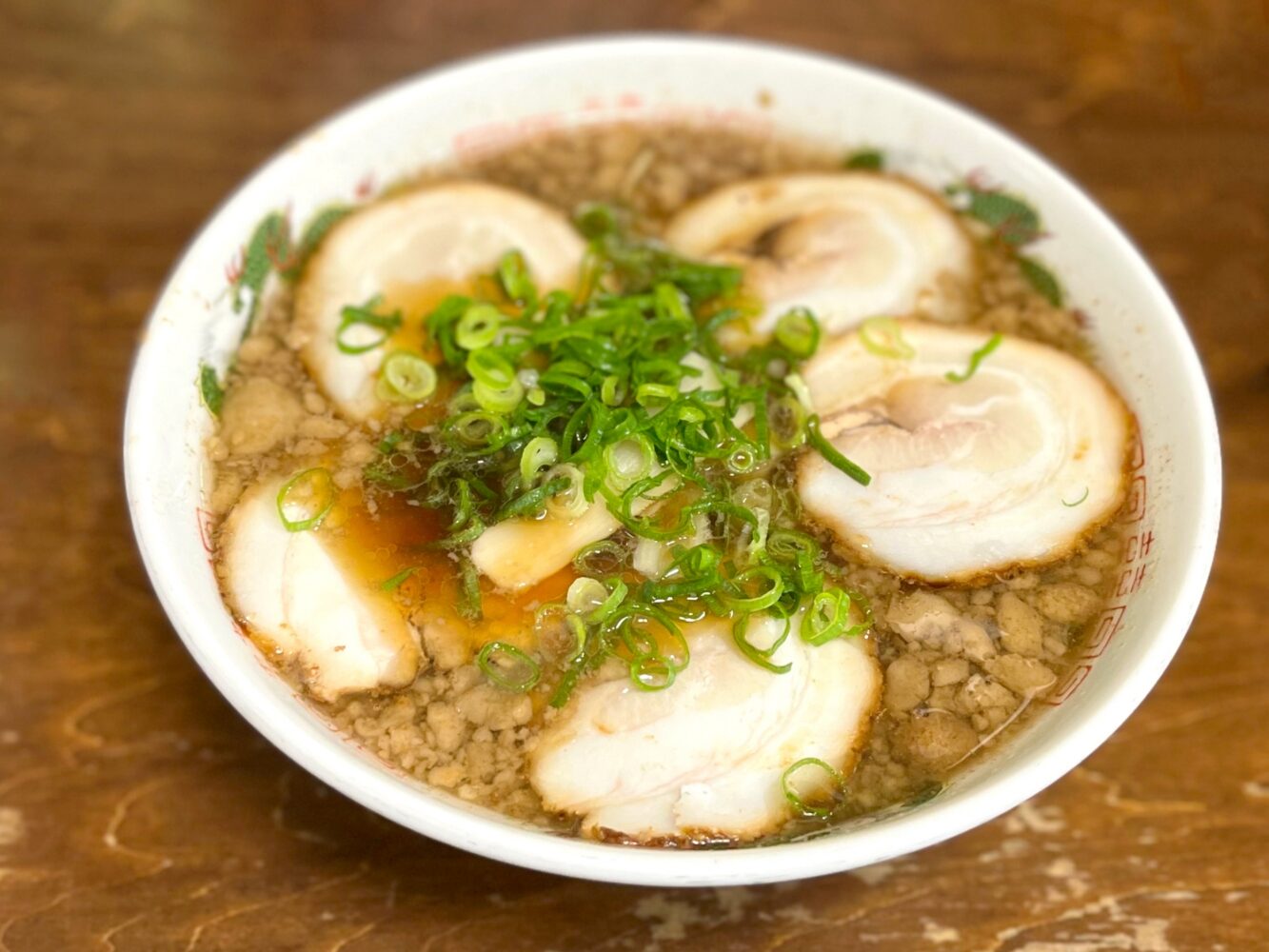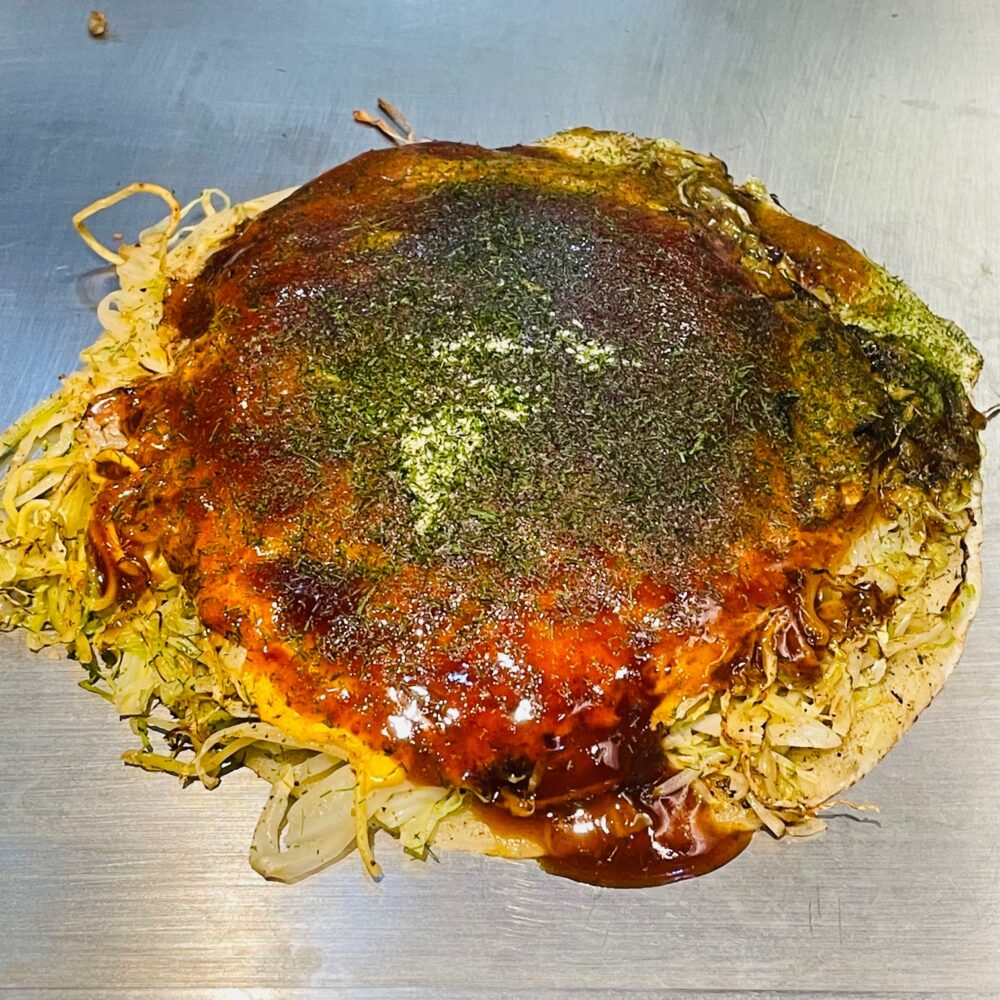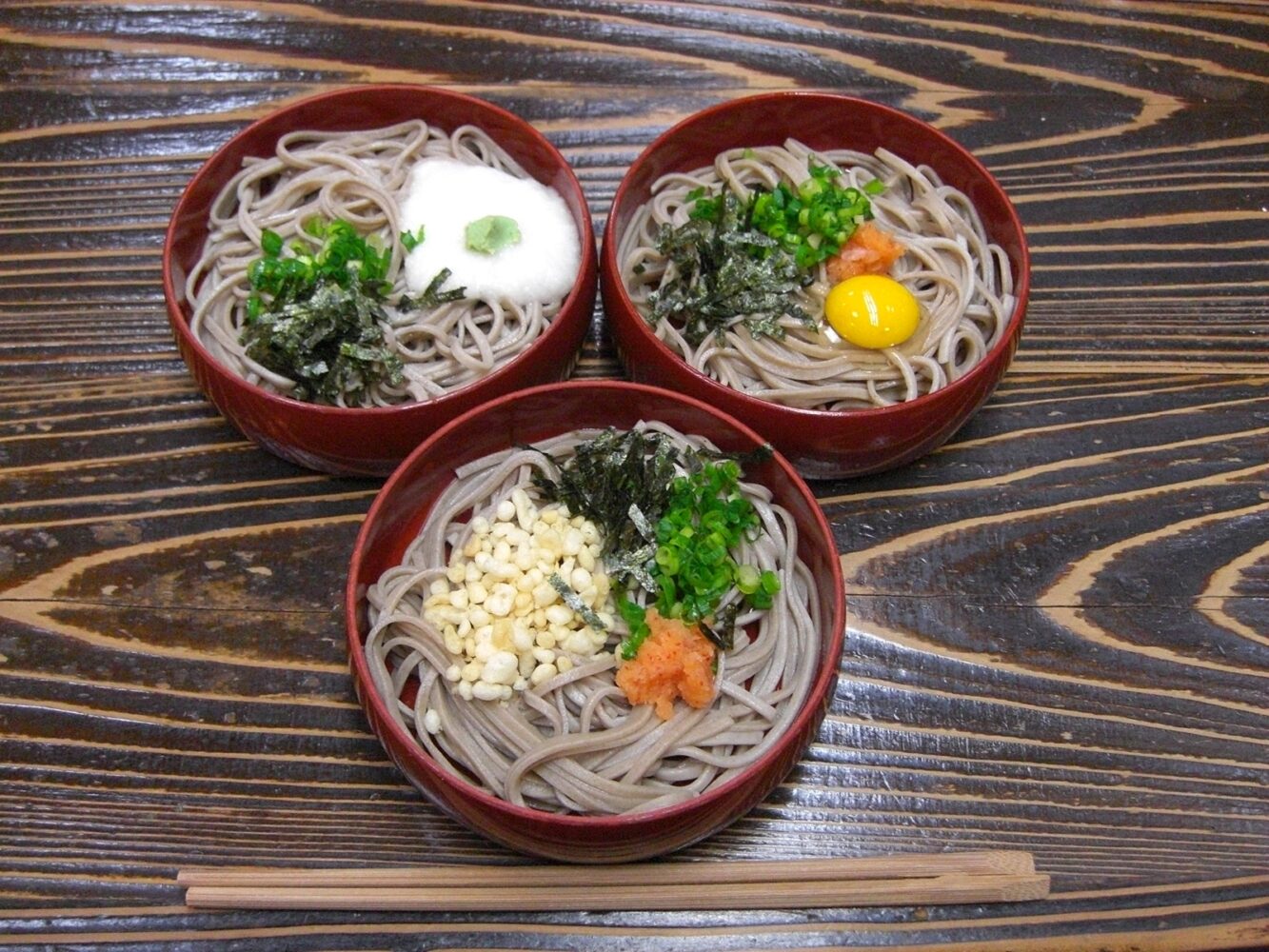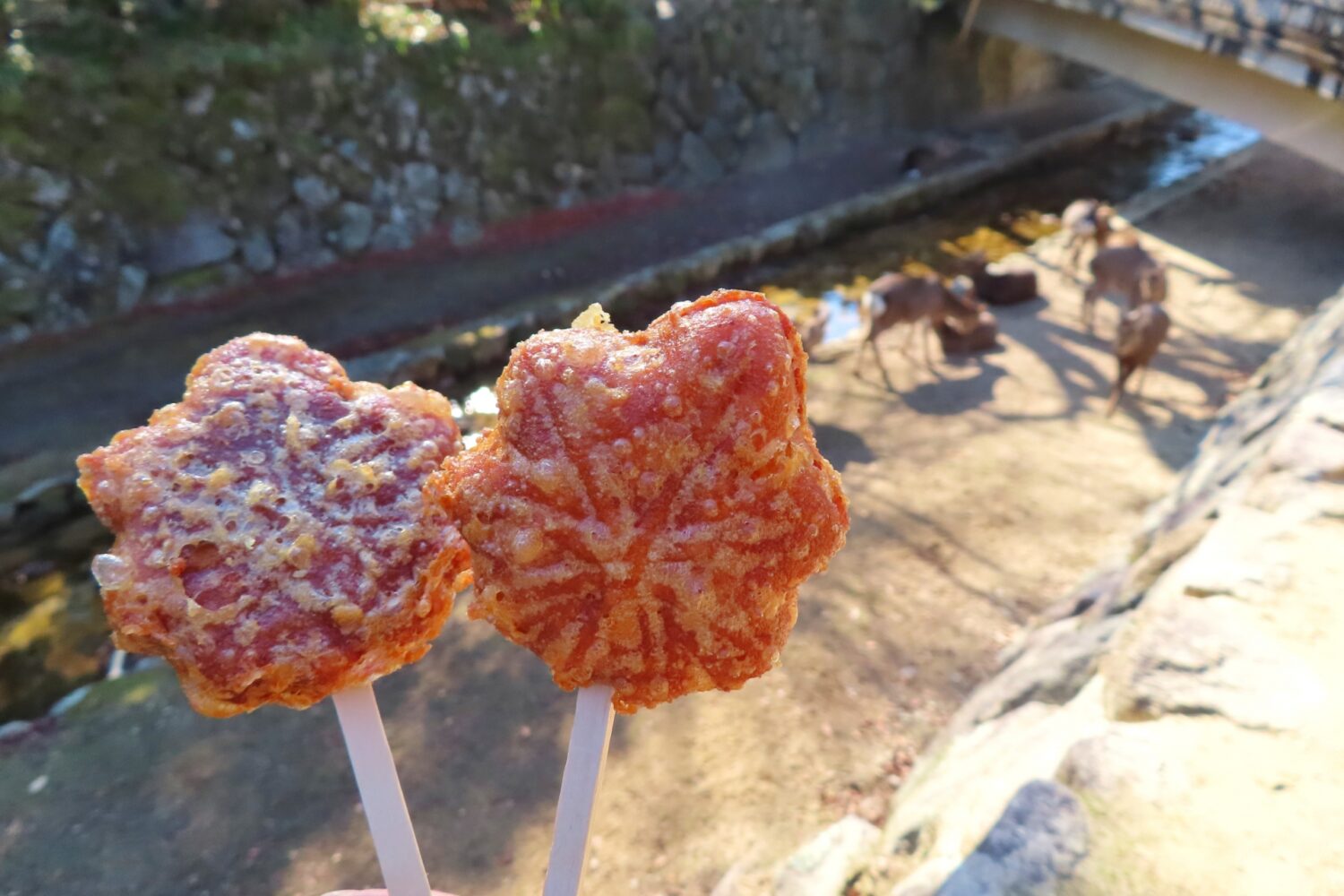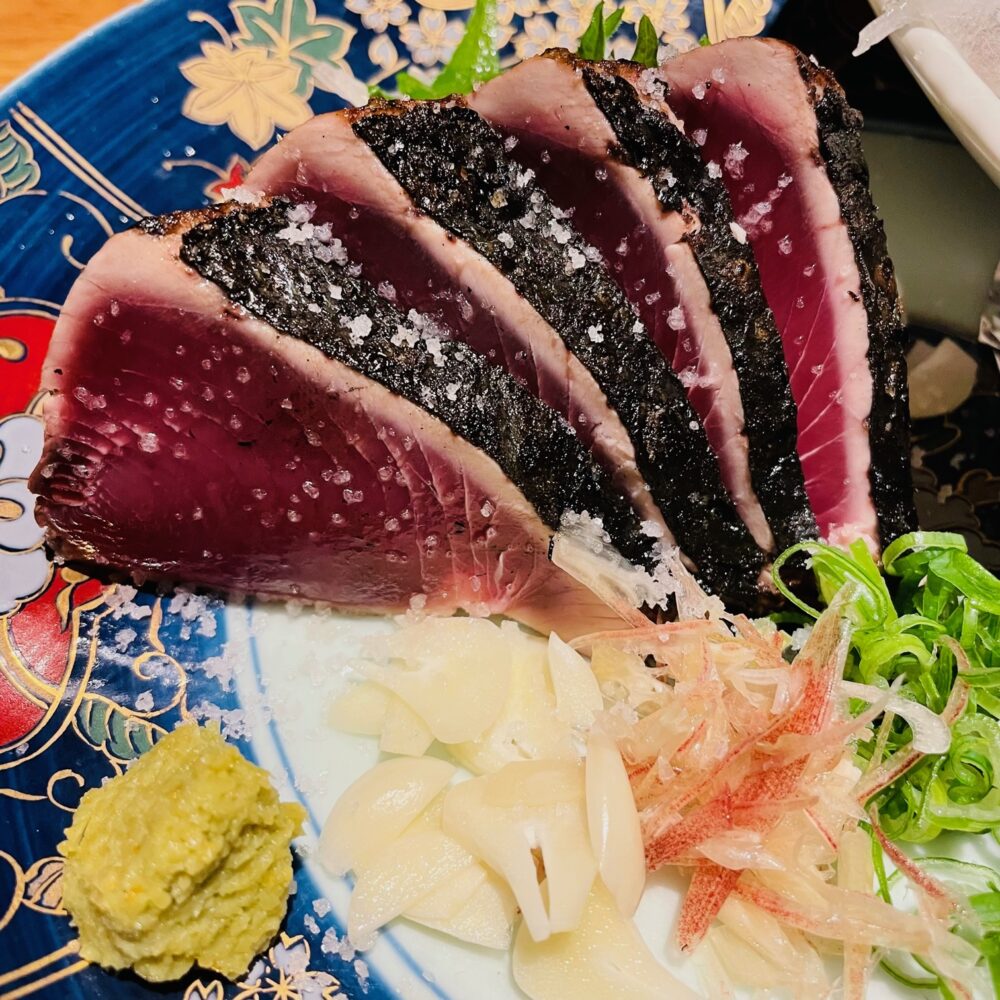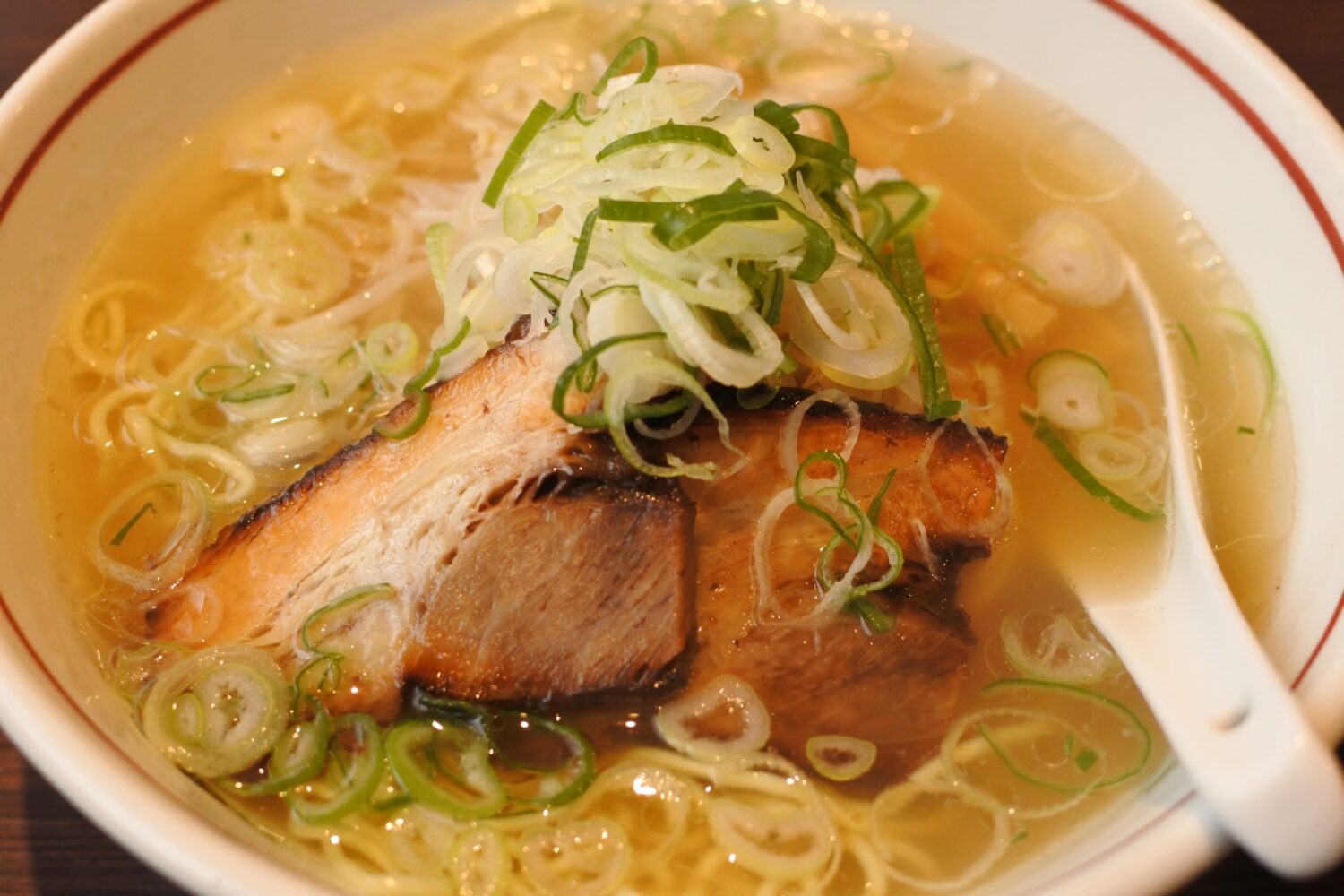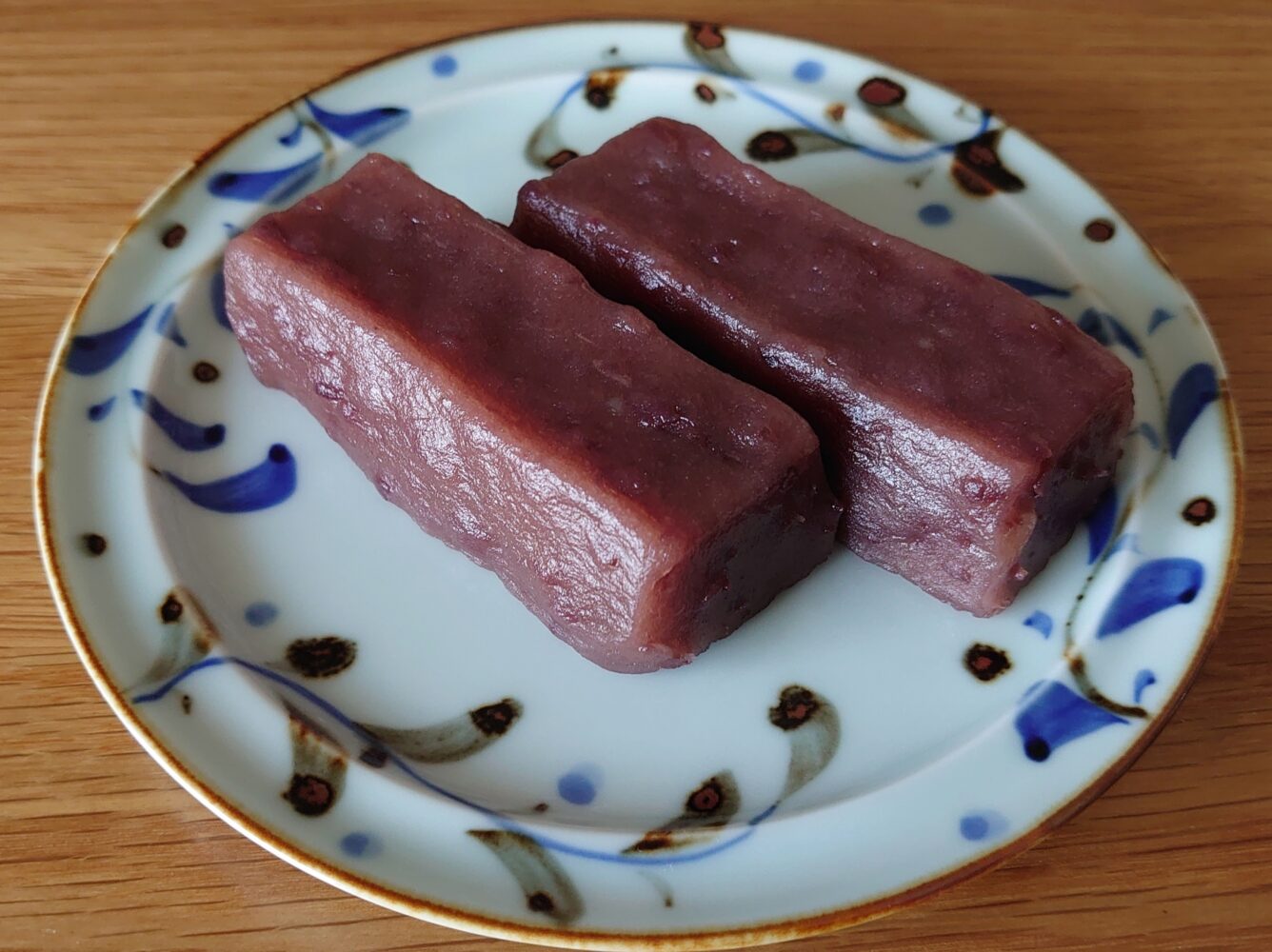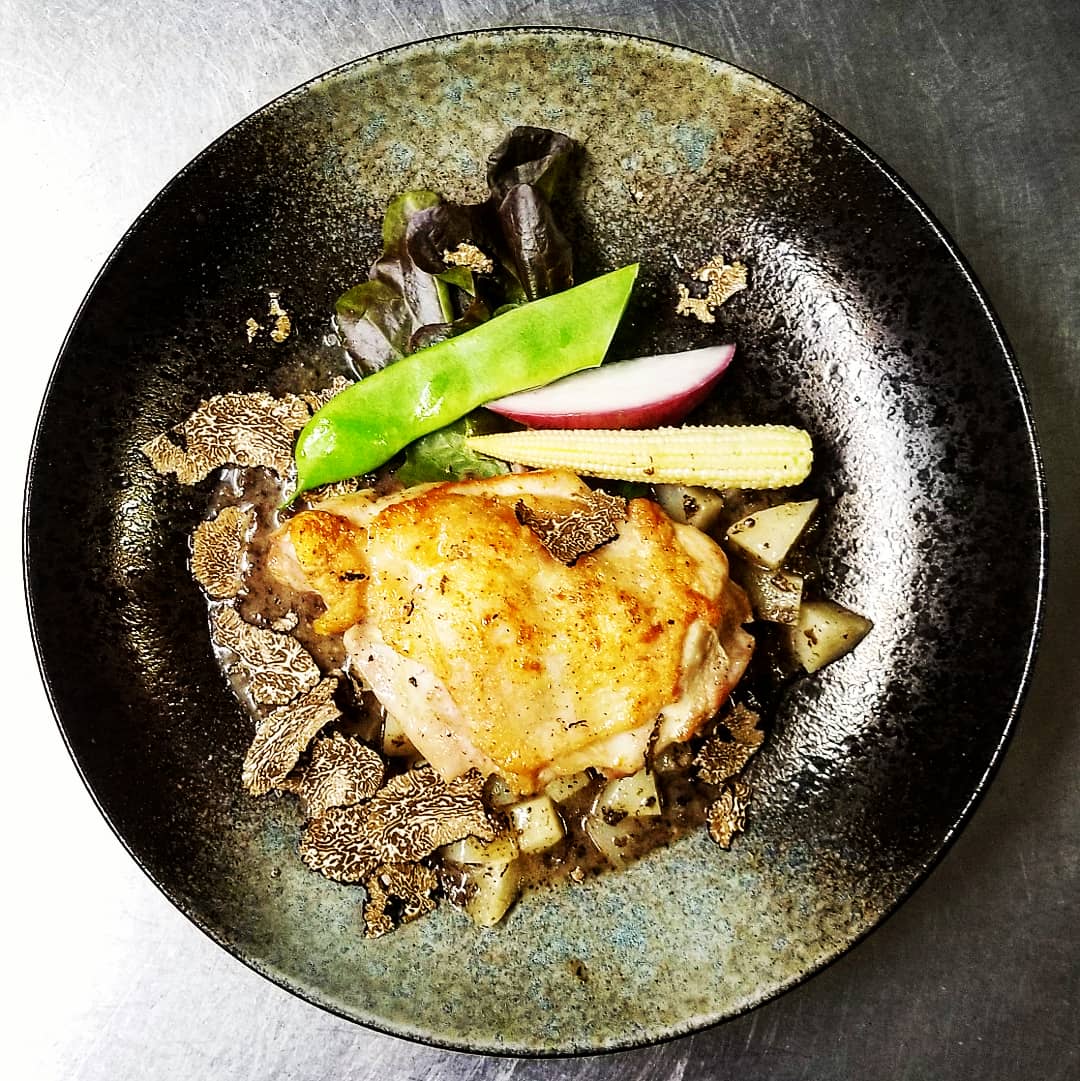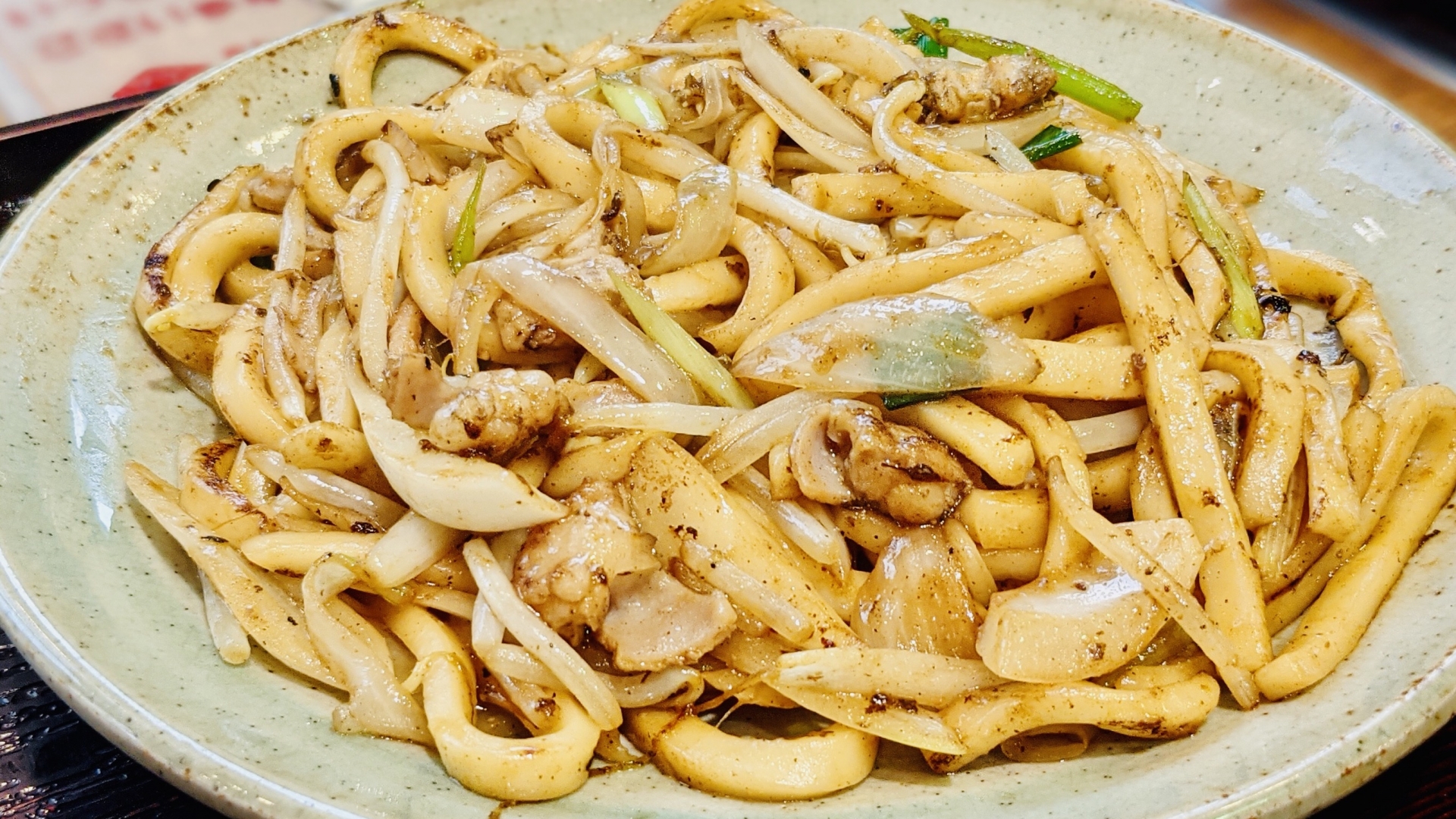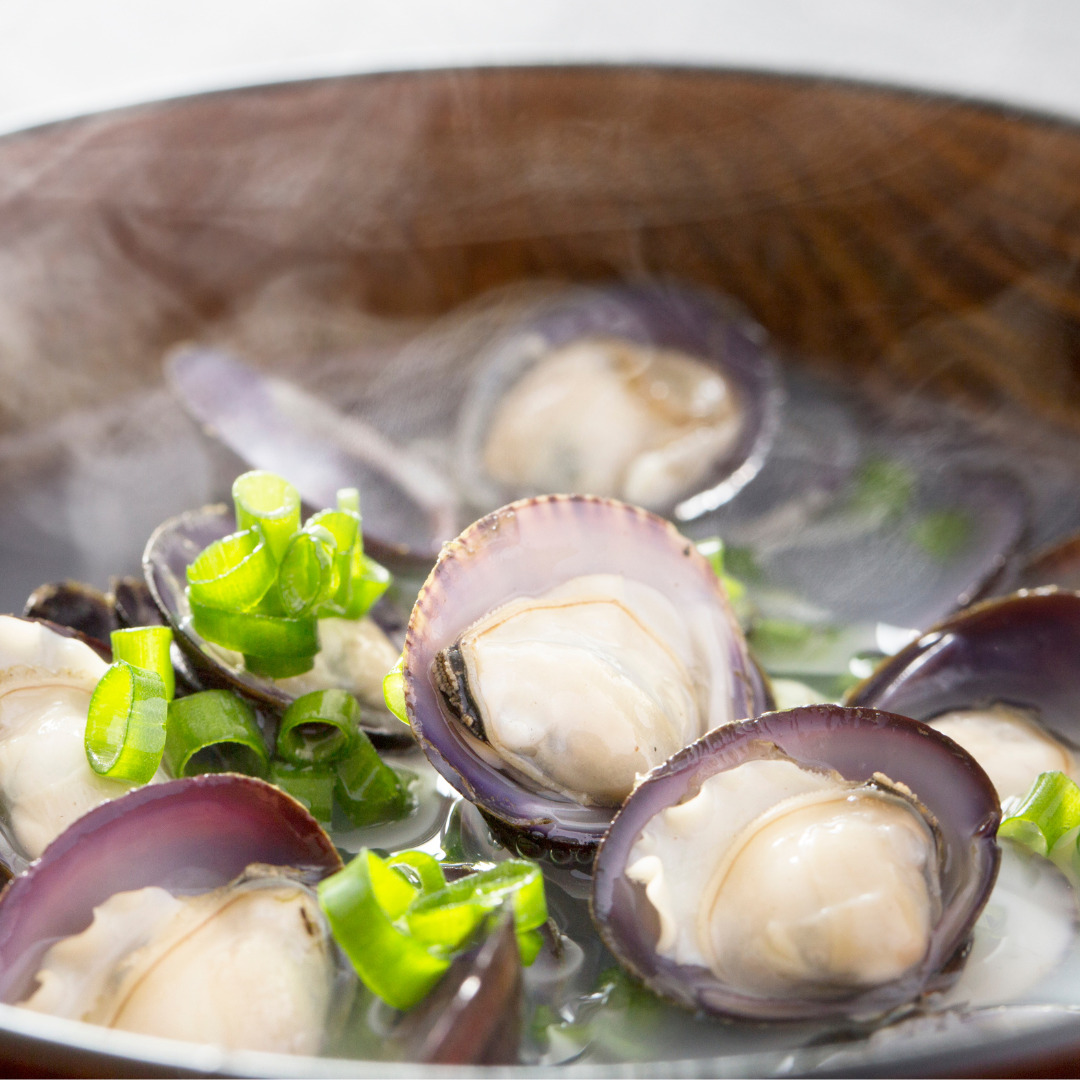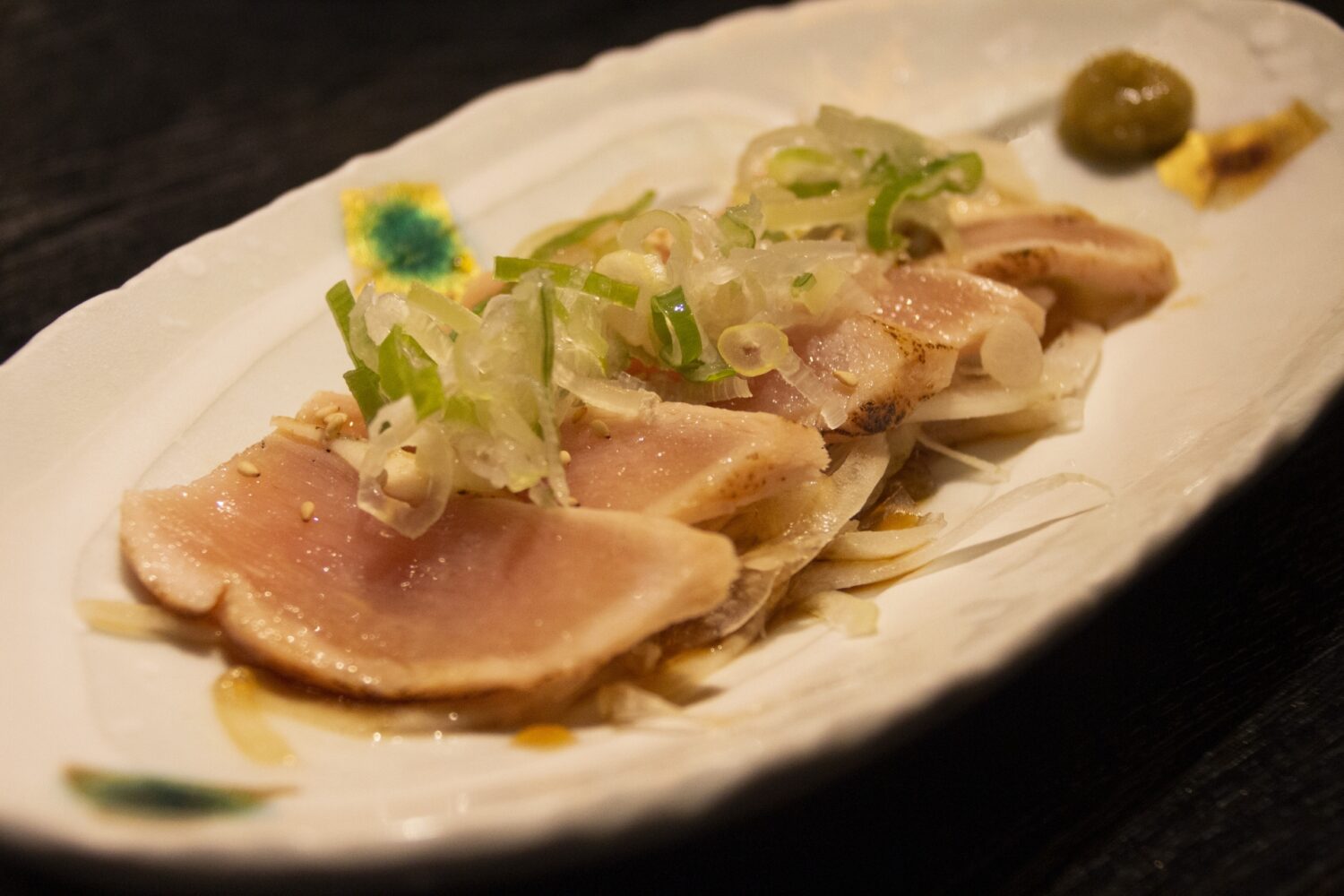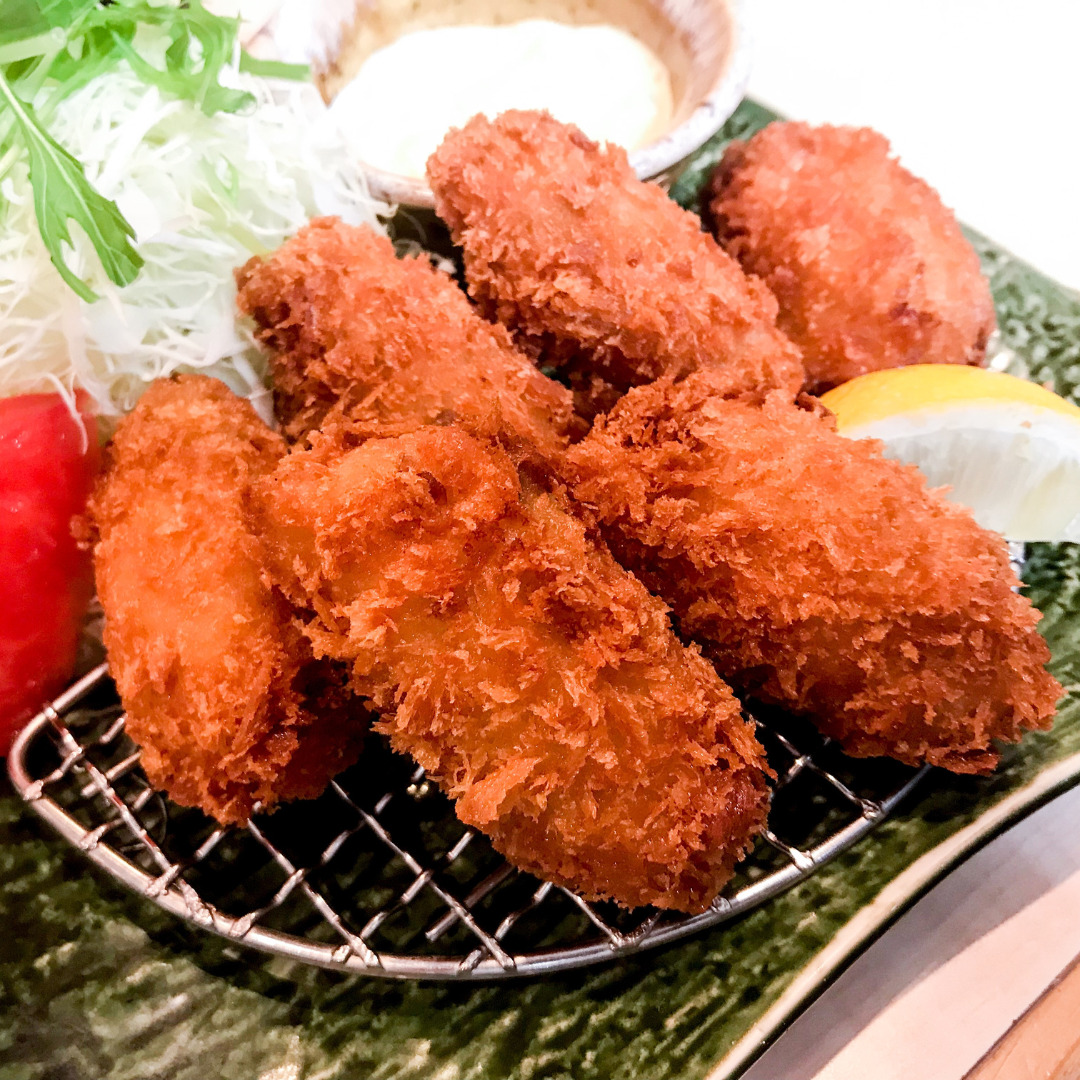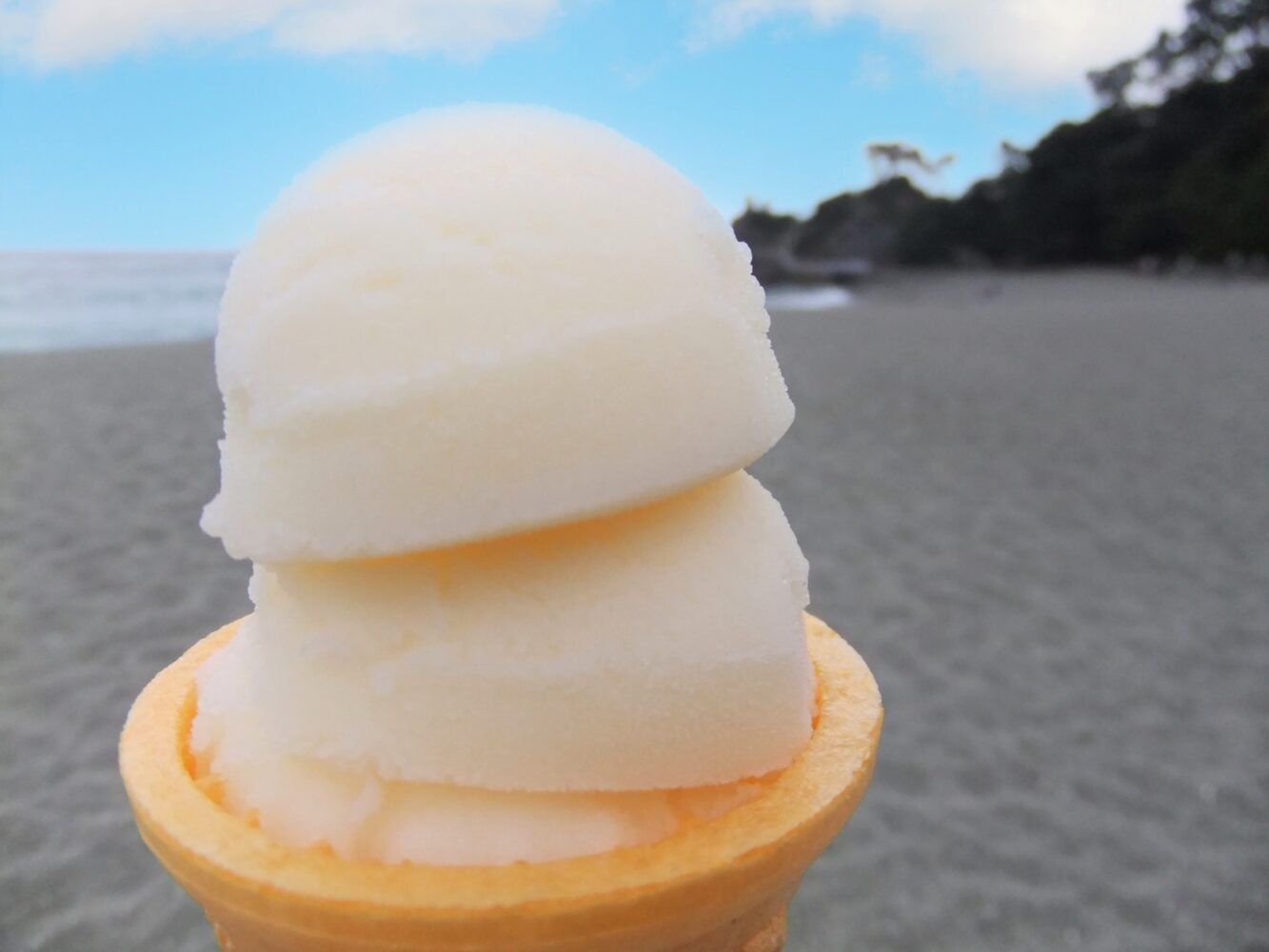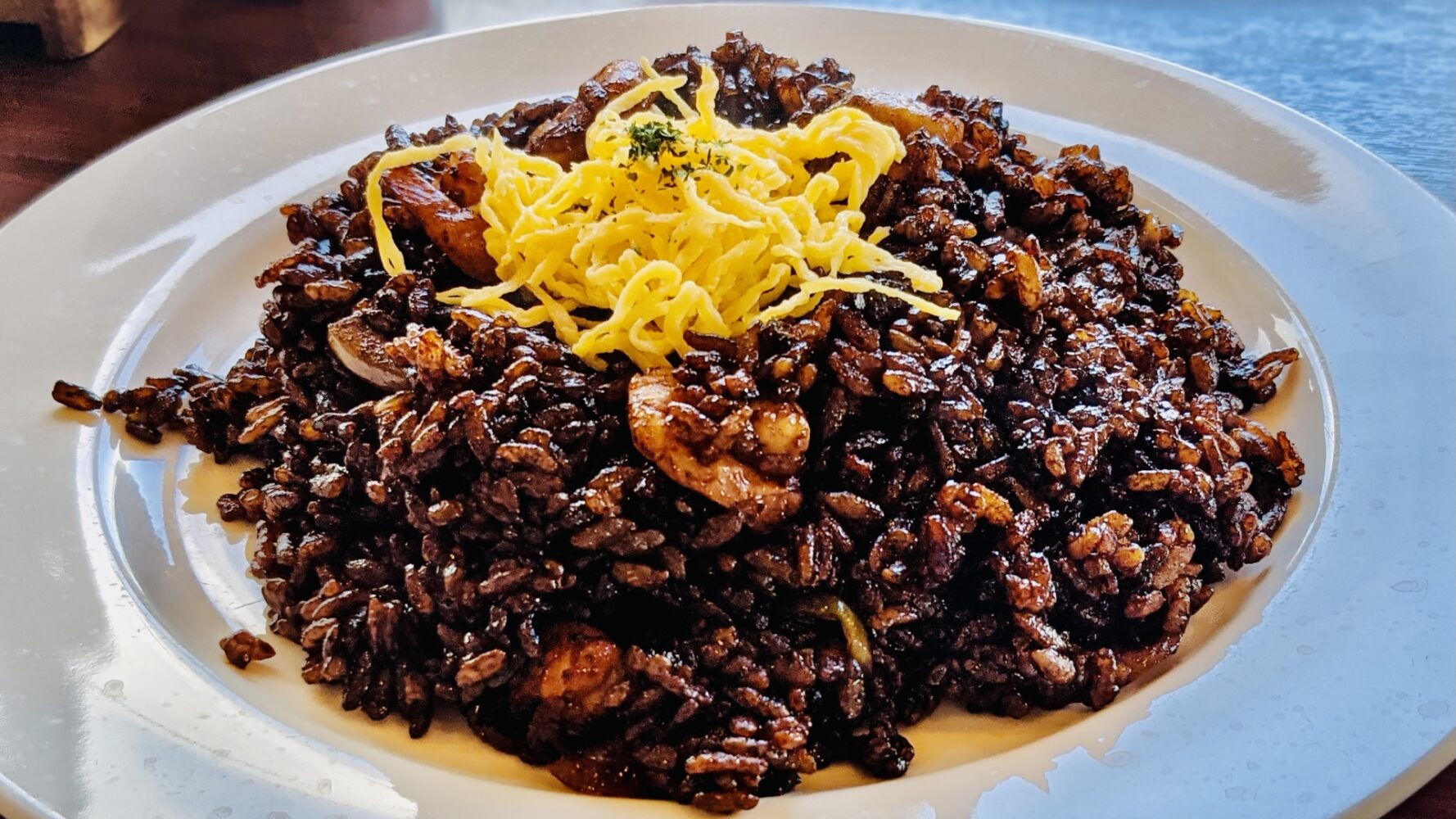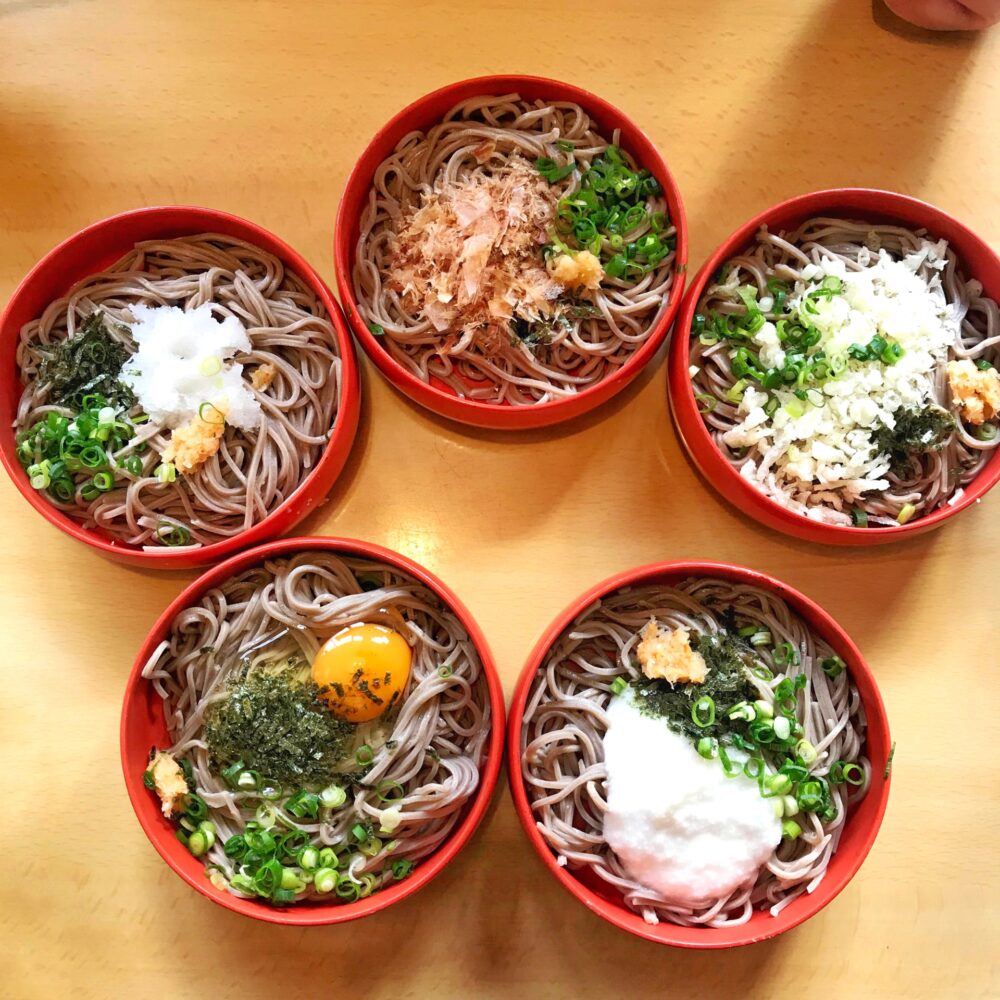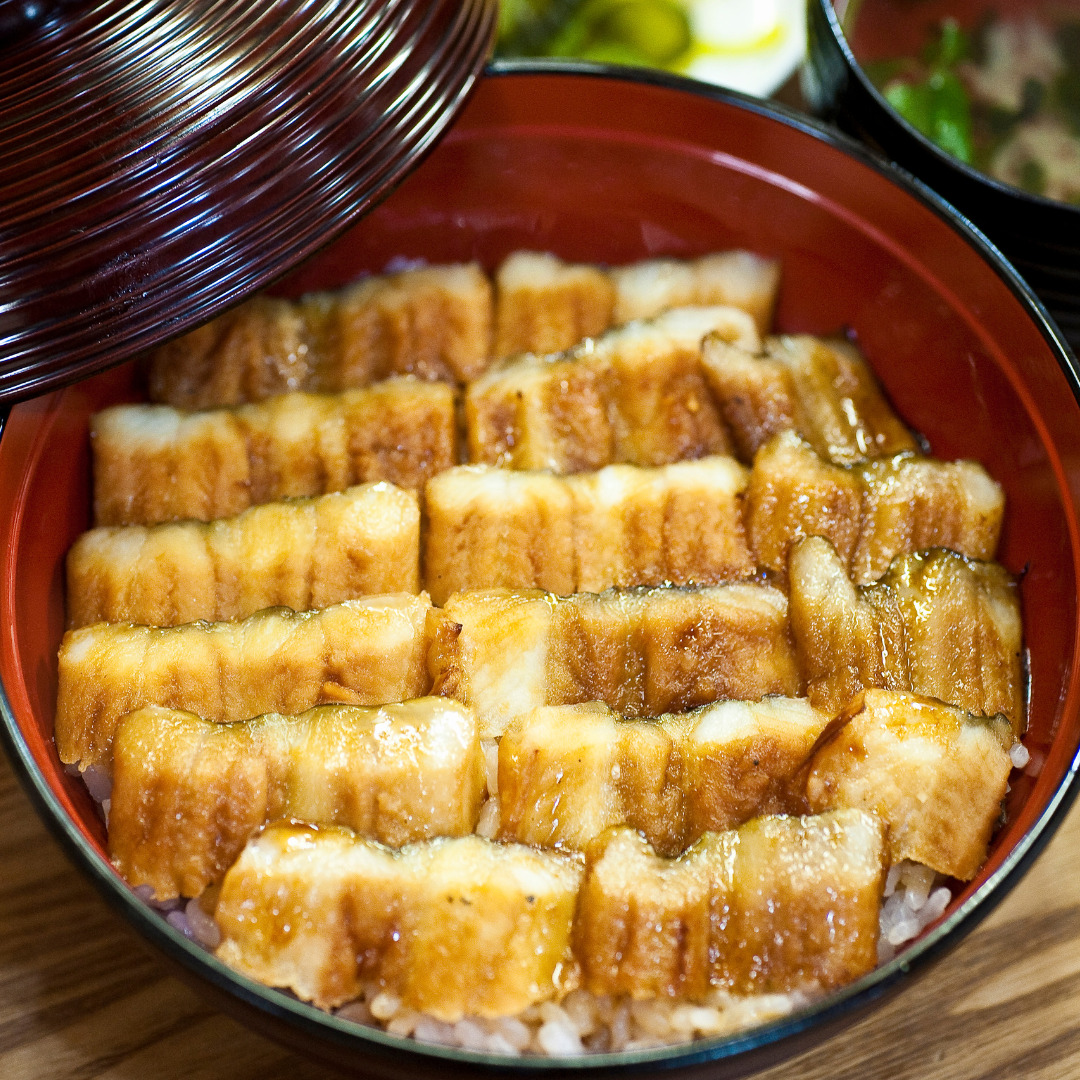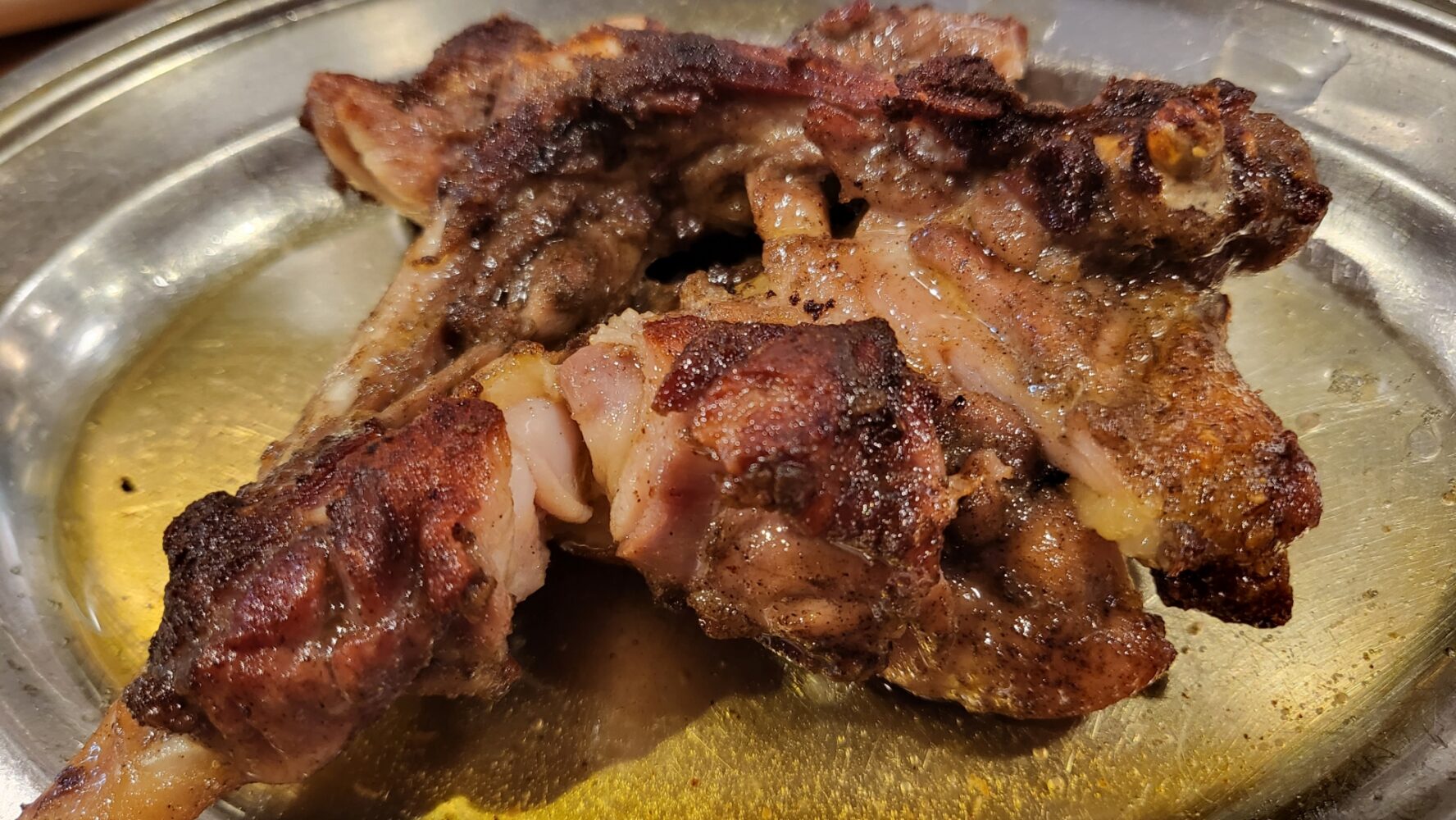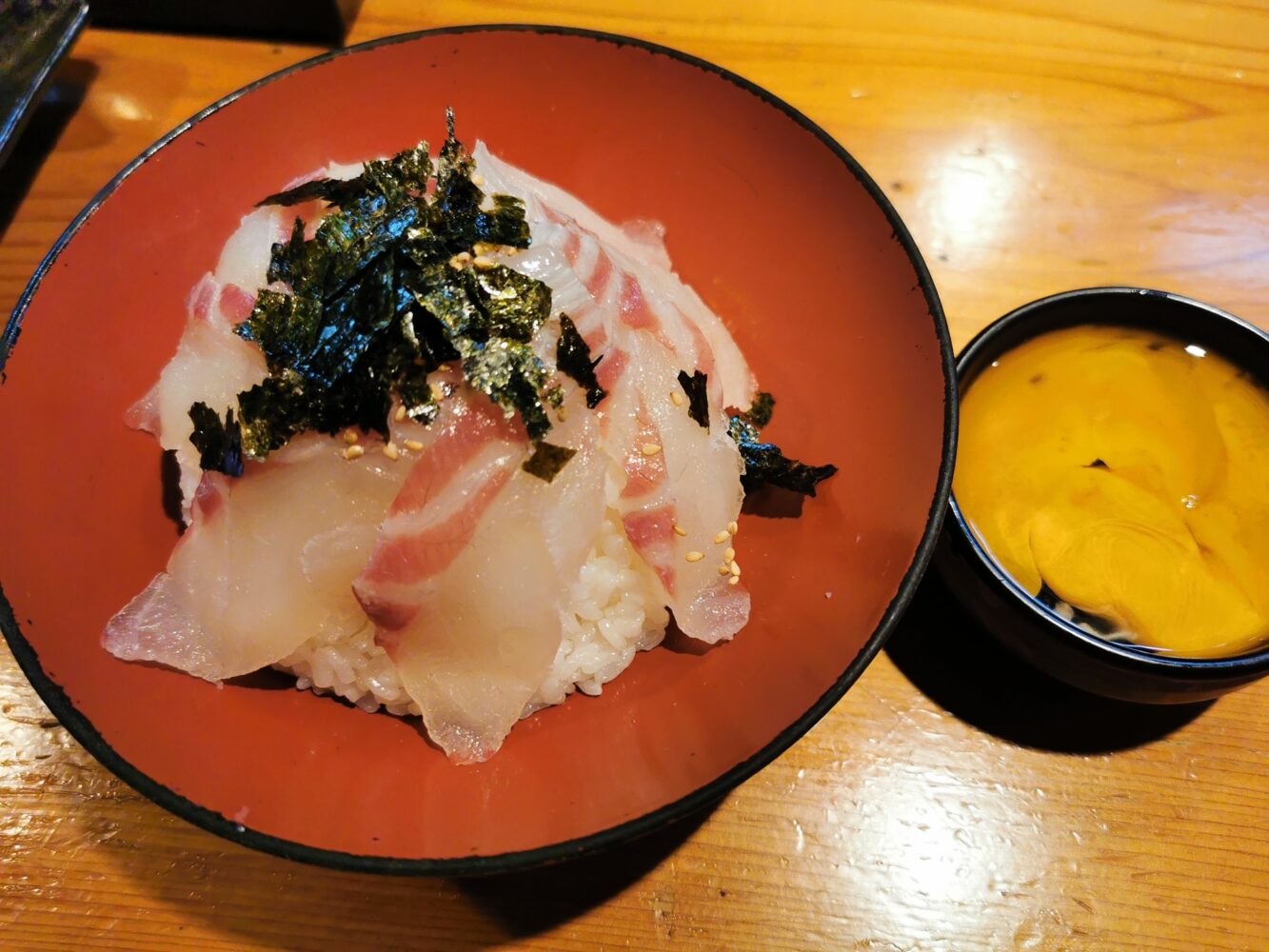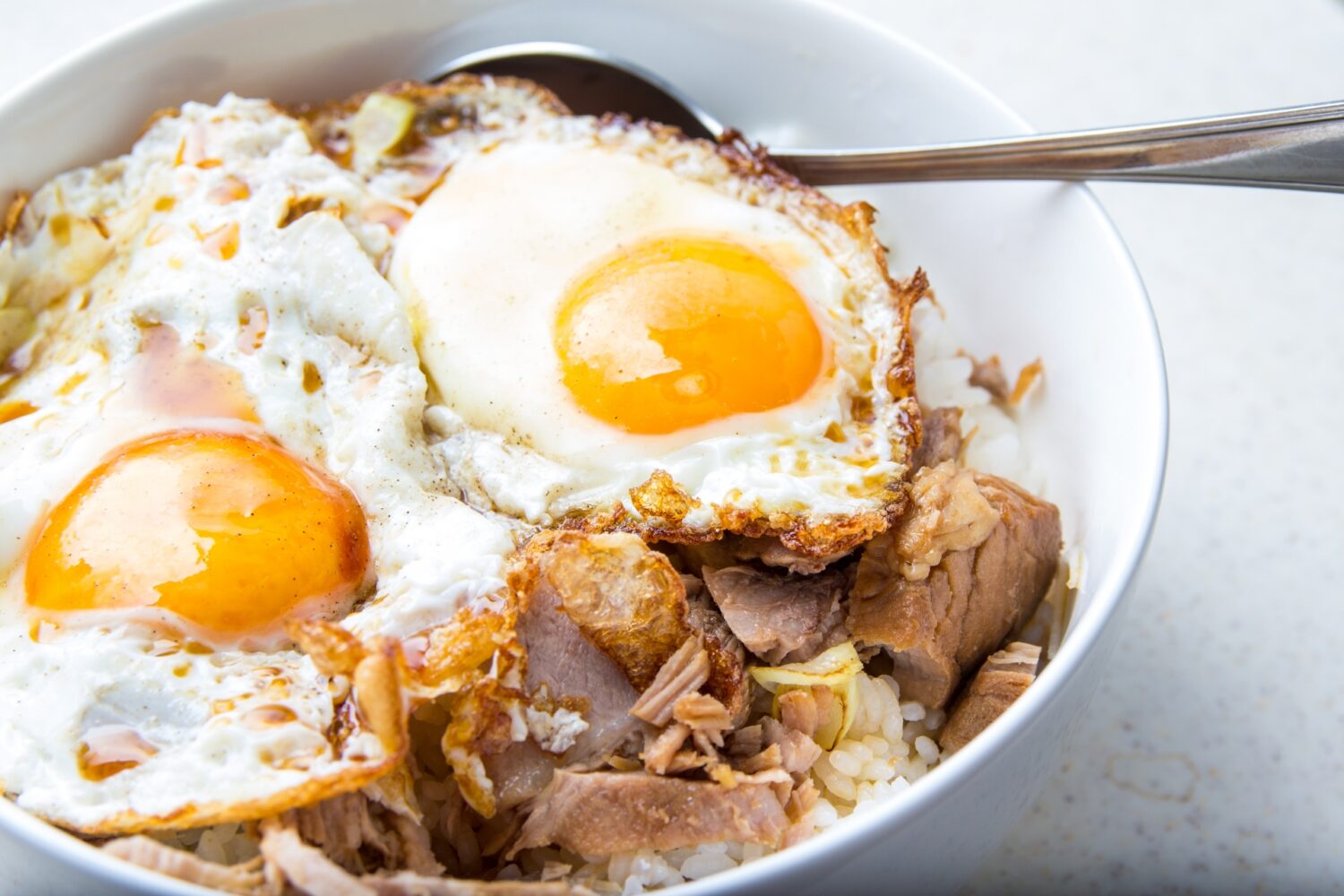30 Best local delicacies ranking (Chugoku & Shikoku region)
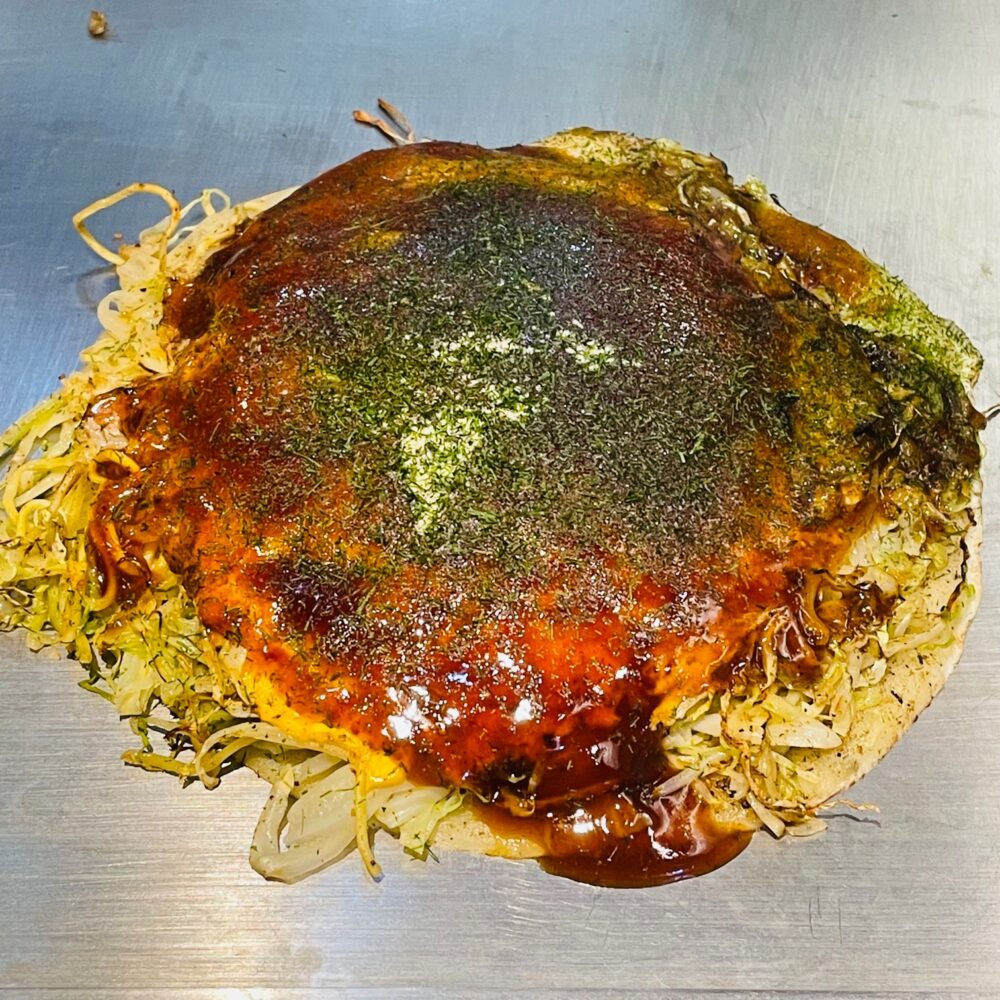
Table of Contents
1. Introduction
2. Local delicacies ranking (Chugoku & Shikoku region)
1. Introduction
2. Local delicacies ranking (Chugoku & Shikoku region)
1. Sanuki Udon (Kagawa Prefecture)
2. Spanish mackerel (Okayama Prefecture)
3. Tamago kake gohan (Okayama Prefecture)
4. Fruit parfait (OkayamaPrefecture)
5. Yellowtail fish (Kagawa Prefecture)
6. Kawara soba (Yamaguchi Prefecture)
7. Onomichi Ramen (Hiroshima Prefecture)
8. Tokushima Ramen (Tokushima Prefecture)
9. Hiroshima-style okonomiyaki (Hiroshima Prefecture)
10. Nabeyaki Udon (Ehime Prefecture)
11. Matsuba crab (Tottori Prefecture)
12. Izumo soba (Shimane Prefecture)
13. Fried momiji manju (Hiroshima Prefecture)
14. Bonito Tataki (Kochi Prefecture)
15. Beef bone ramen (Tottori Prefecture)
16. Uiro (Yamaguchi Prefecture)
17. Daisen chicken (Tottori Prefecture)
18. Oyster hot pot (Okayama Prefecture)
19. Horumon udon (Okayama Prefecture)
20. Freshwater clam soup (Shimane Prefecture)
21. Jakoten (Ehime Prefecture)
22. Awaodori chicken (Tokushima Prefecture)
23. Hiroshima oyster (Hiroshima Prefecture)
24. Icecrin (Kochi Prefecture)
25. Ebimeshi (Okayama Prefecture)
26. Wariko soba (Shimane Prefecture)
27. Conger rice (Hiroshima Prefecture)
28. Bone-in chicken (Kagawa Prefecture)
29. Uwajima red bream rice (Ehime Prefecture)
30. Grilled Pork Egg Rice (Ehime Prefecture)
1. Sanuki Udon
Prefectures : Kagawa Prefecture
|
2. Spanish mackerel
Prefectures : Okayama Prefecture
|
3. Tamago kake gohan
Prefectures : Okayama Prefecture
|
4. Fruit parfait
Prefectures : Okayama Prefecture
|
5. Yellowtail fish
Prefectures : Kagawa Prefecture
|
6. Kawara soba
Prefectures : Yamaguchi Prefecture
|
7. Onomichi Ramen
Prefectures : Hiroshima Prefecture
|
8. Tokushima Ramen
Prefectures : Tokushima Prefecture
|
9. Hiroshima-style okonomiyaki
Prefectures : Hiroshima Prefecture
|
10. Nabeyaki Udon
Prefectures : Ehime Prefecture
|
11. Matsuba crab
Prefectures : Tottori Prefecture
|
12. Izumo soba
Prefectures : Shimane Prefecture
|
13. Fried momiji manju
Prefectures : Hiroshima Prefecture
|
14. Bonito Tataki
Prefectures : Kochi Prefecture
|
15. Beef bone ramen
Prefectures : Tottori Prefecture
|
16. Uiro
Prefectures : Yamaguchi Prefecture
|
17. Daisen chicken
Prefectures : Tottori Prefecture
|
18. Oyster hot pot
Prefectures : Okayama Prefecture
|
19. Horumon udon
Prefectures : Okayama Prefecture
|
20. Freshwater clam soup
Prefectures : Shimane Prefecture
|
21. Jakoten
Prefectures : Ehime Prefecture
|
22. Awaodori chicken
Prefectures : Tokushima Prefecture
|
23. Hiroshima oyster
Prefectures : Hiroshima Prefecture
|
24. Icecrin
Prefectures : Kochi Prefecture
|
25. Ebimeshi
Prefectures : Okayama Prefecture
|
26. Wariko soba
Prefectures : Shimane Prefecture
|
27. Conger rice
Prefectures : Hiroshima Prefecture
|
28. Bone-in chicken
Prefectures : Kagawa Prefecture
|
29. Uwajima red bream rice
Prefectures : Ehime Prefecture
|
30. Grilled Pork Egg Rice
Prefectures : Ehime Prefecture
|
目錄
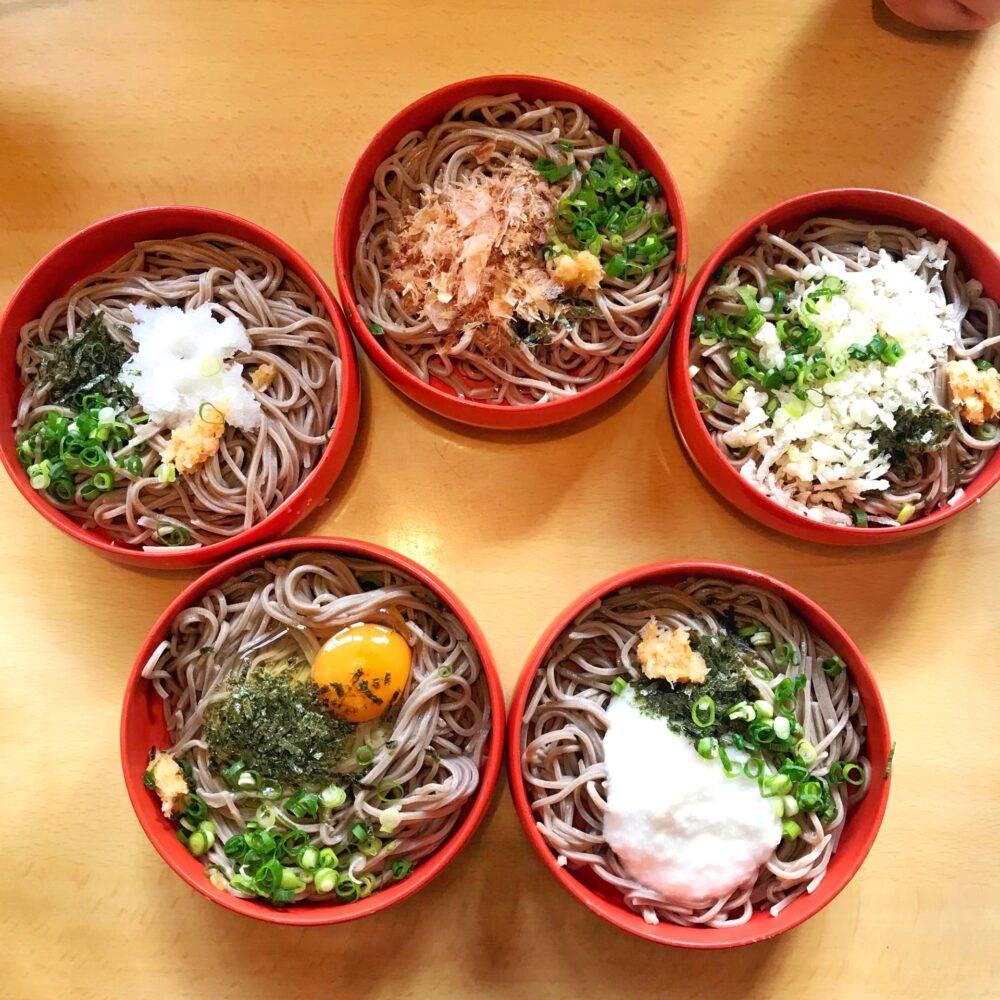
1、說明簡介
2、地方美食人氣排名(日本中國四國地區)
1、讚岐烏龍麵(香川縣)
2、土魠魚(岡山縣)
3、生蛋醬油拌飯 (岡山縣)
4、水果聖代 (岡山縣)
5、鰤魚 (香川縣)
6、瓦片蕎麥麵 (山口縣)
7、尾道拉麵 (廣島縣)
8、德島拉麵(德島縣)
9、廣島燒 (廣島縣)
10、鍋燒烏龍麵 (愛媛縣)
11、松葉蟹(鳥取縣)
12、出雲蕎麥麵 (島根縣)
13、炸紅葉饅頭 (廣島縣)
14、炙烤半熟鰹魚生魚片 (高知縣)
15、牛骨拉麵(鳥取縣)
16、外郎糕(山口縣)
17、大山雞(鳥取縣)
18、牡蠣鍋(岡山縣)
19、內臟炒烏龍麵 (岡山縣)
20、蜆仔湯(島根縣)
21、雜魚天婦羅(愛媛縣)
22、阿波尾雞(德島縣)
23、廣島牡蠣(廣島縣)
24、高知冰淇淋(高知縣)
25、黑色蝦仁炒飯 (岡山縣)
26、割子蕎麥麵(島根縣)
27、穴子飯 (廣島縣)
28、帶骨烤雞腿(香川縣)
29、宇和島鯛魚飯(愛媛縣)
30、烤豬肉蛋飯(愛媛縣)
1、讚岐烏龍麵
都道府縣 : 香川縣
|
2、土魠魚
都道府縣 : 岡山縣
|
3、生蛋醬油拌飯
都道府縣 : 岡山縣
|
4、水果聖代
都道府縣 : 岡山縣
|
5、鰤魚
都道府縣 : 香川縣
|
6、瓦片蕎麥麵
都道府縣 : 山口縣
|
7、尾道拉麵
都道府縣 : 廣島縣
|
8、德島拉麵
都道府縣 : 德島縣
|
9、廣島燒
都道府縣 : 廣島縣
|
10、鍋燒烏龍麵
都道府縣 : 愛媛縣
|
11、松葉蟹
都道府縣 : 鳥取縣
|
12、出雲蕎麥麵
都道府縣 : 島根縣
|
13、炸紅葉饅頭
都道府縣 : 廣島縣
|
14、炙烤半熟鰹魚生魚片
都道府縣 : 高知縣
|
15、牛骨拉麵
都道府縣 : 鳥取縣
|
16、外郎糕
都道府縣 : 山口縣
|
17、大山雞
都道府縣 : 鳥取縣
|
18、牡蠣鍋
都道府縣 : 岡山縣
|
19、內臟炒烏龍麵
都道府縣 : 岡山縣
|
20、蜆仔湯
都道府縣 : 島根縣
|
21、雜魚天婦羅
都道府縣 : 愛媛縣
|
22、阿波尾雞
都道府縣 : 德島縣
|
23、廣島牡蠣
都道府縣 : 廣島縣
|
24、高知冰淇淋
都道府縣 : 高知縣
|
25、黑色蝦仁炒飯
都道府縣 : 岡山縣
|
26、割子蕎麥麵
都道府縣 : 島根縣
|
27、穴子飯
都道府縣 : 廣島縣
|
28、帶骨烤雞腿
都道府縣 : 香川縣
|
29、宇和島鯛魚飯
都道府縣 : 愛媛縣
|
30、烤豬肉蛋飯
都道府縣 : 愛媛縣
|


